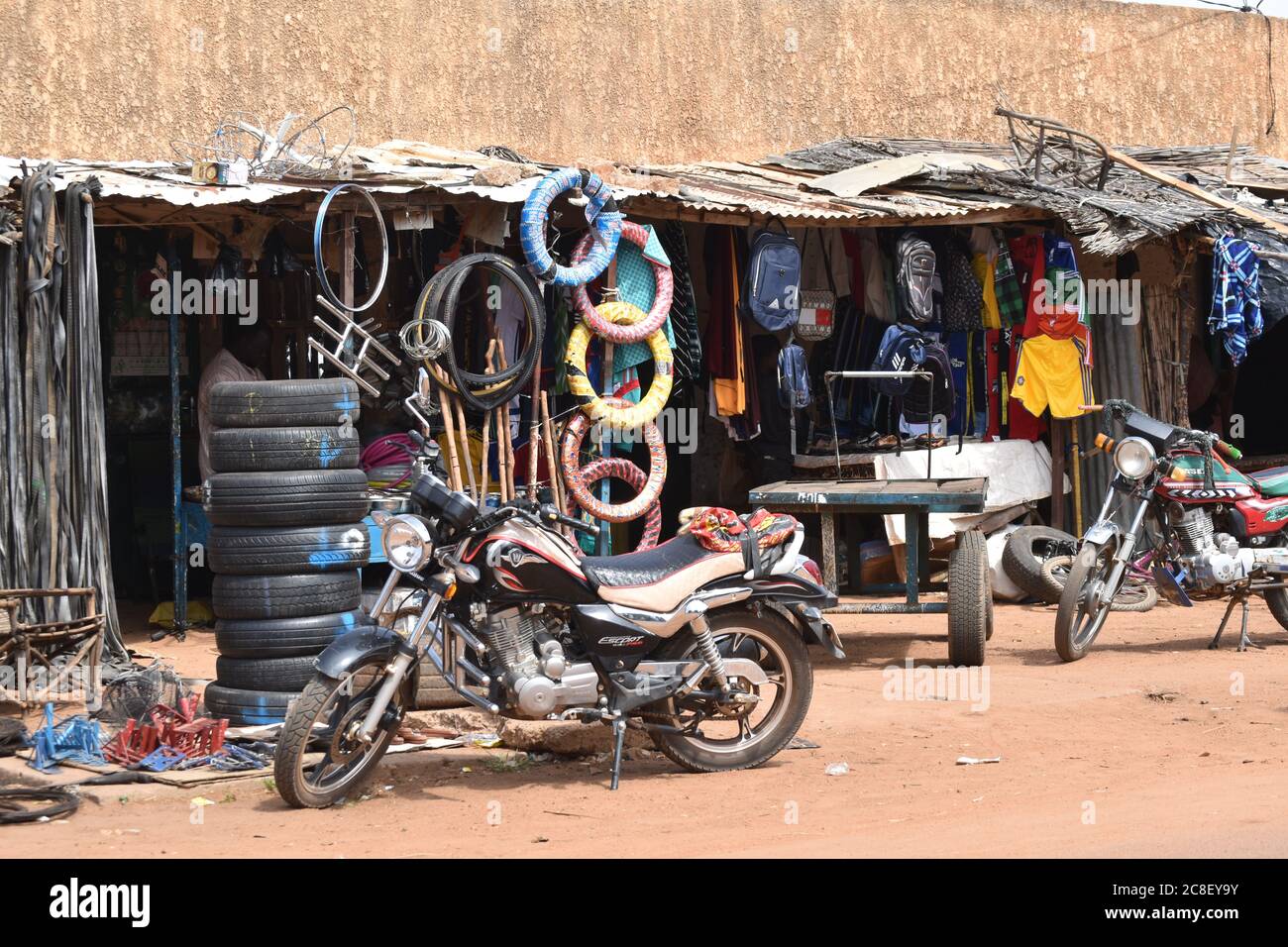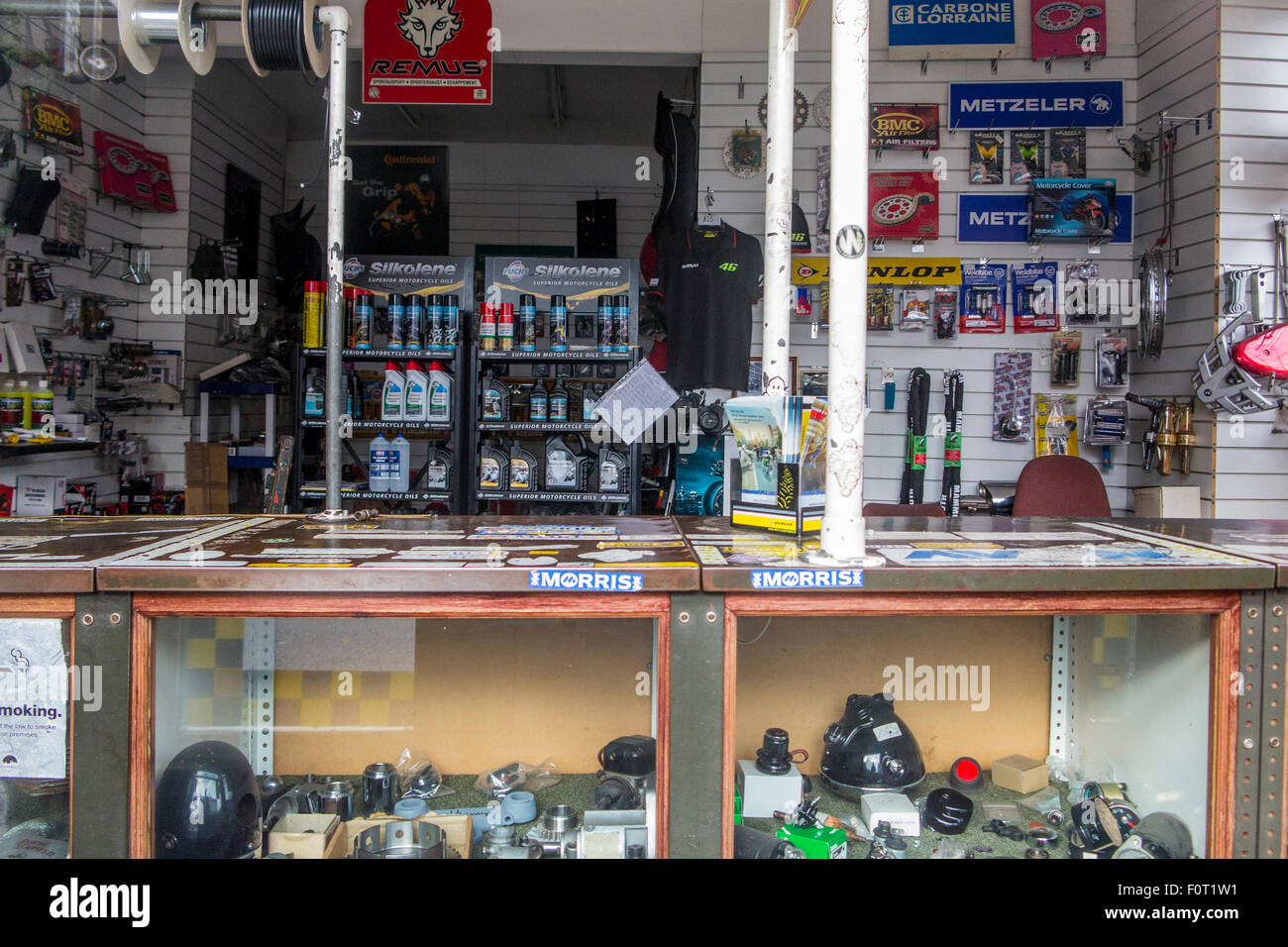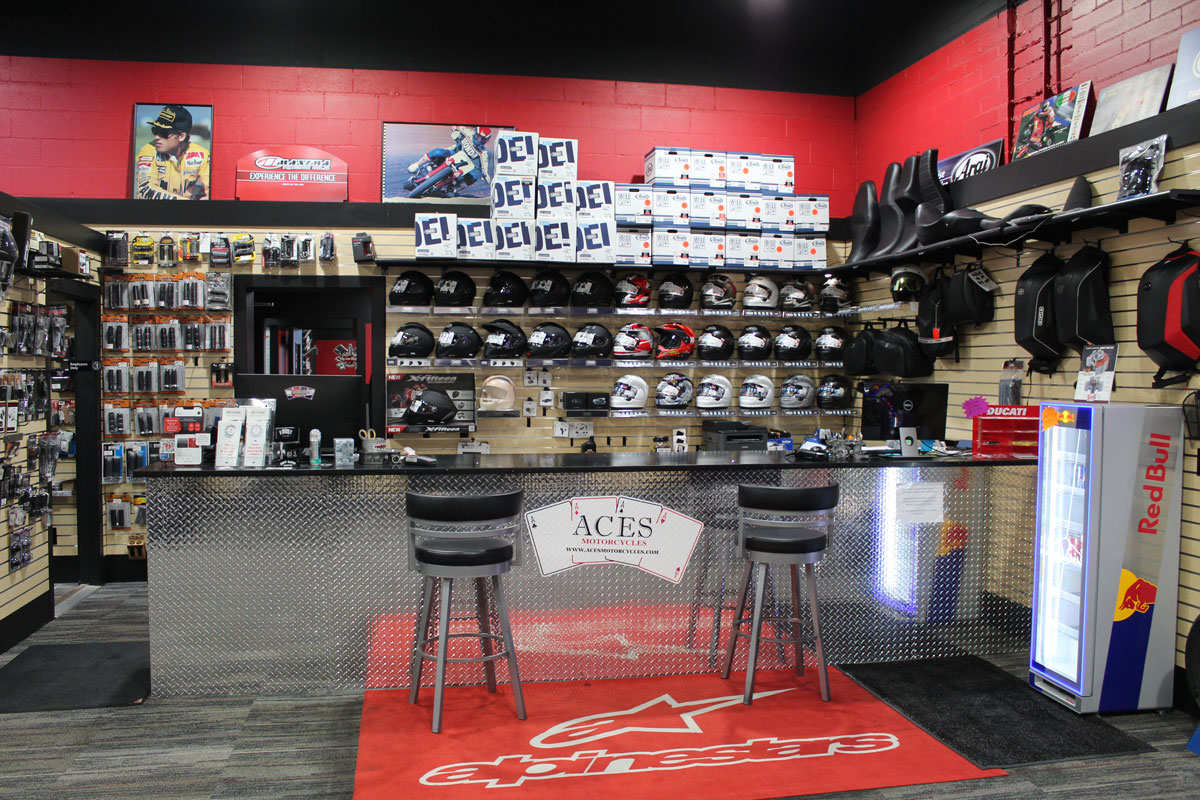Discover Quality Moto Parts NZ for All Your Motorcycle Needs
Discover Quality Moto Parts NZ for All Your Motorcycle Needs
Blog Article
Understanding Motorbike Gears: Exactly How to Enhance Your Riding Experience
In the realm of motorcycling, understanding the art of gear adjustment is essential for boosting your riding efficiency. Properly comprehending and using bike equipments can significantly impact control, acceleration, and fuel performance, changing an ordinary ride into a smooth, thrilling trip. By integrating exact shift timing and adapting equipment option to numerous roadway problems, motorcyclists can make certain optimum engine performance and safety. The nuances of clutch control, throttle sychronisation, and gear mechanics beckon a much deeper exploration, promising to unlock the full possibility of your machine. How can these techniques be utilized to really maximize your riding experience?
Recognizing Equipment Mechanics
Exactly how do the details of gear mechanics influence motorbike efficiency? At the core of motorcycle characteristics, gear mechanics play an essential duty in converting engine power right into activity, ultimately determining speed and control. Gears, carefully crafted parts, enable cyclists to maximize torque and speed, making sure a smooth shift through different terrains and rates. The equipment proportions, meticulously created, identify the connection between engine transformations and wheel turns, affecting acceleration and gas efficiency.
Understanding gear technicians begins with identifying the value of the transmission, which houses multiple equipments of differing dimensions. These equipments interact via a procedure called meshing, where teeth of different gears engage to transmit power. The precision of this interaction is vital; any kind of misalignment or damages can bring about ineffective power transfer, preventing efficiency. Additionally, the setup and dimension of equipments influence the motorbike's capability to manage different loads and speeds.
Moreover, the concept of equipment shifting is essential to optimizing efficiency. Smooth and prompt shifts make sure that the engine operates within its ideal power band, preventing unnecessary pressure and boosting durability (moto parts nz). By understanding these mechanical intricacies, bikers can attain an unified blend of control, power, and performance, elevating their riding experience
Timing Your Shifts
Change timing proficiency is essential for enhancing motorbike performance and improving the riding experience. Effectively timed changes ensure that the engine operates within its ideal power band, which is crucial for preserving control, attaining smooth acceleration, and ensuring the longevity of the bike. Bikers need to establish an intuitive sense of when to move equipments, which entails recognizing the relationship between engine changes per minute (RPM) and speed.
To master change timing, pay close focus to the engine's audio and really feel, as these provide crucial ideas about when to transform equipments. The perfect shift factor commonly happens when the engine comes close to the upper variety of its power band without getting to the redline. Changing prematurely can bring about a lack of power, while shifting far too late might cause unneeded engine strain
In addition, roadway problems and riding style influence change timing. In urban settings, smoother and extra frequent shifts may be necessary to navigate web traffic effectively. In have a peek at this website comparison, throughout freeway riding, less changes at higher rates can be better. Practicing in varied atmospheres will boost your ability to time shifts exactly, inevitably boosting your riding experience to a specialist degree.
Enhancing Fuel Effectiveness
While understanding motorbike gears is critical for efficiency, improving gas effectiveness is just as essential for both financial and ecological reasons. Optimum gas consumption not just lowers functional expenses yet also reduces the eco-friendly impact of riding. To achieve this, one should recognize the elaborate connection in between equipment option and engine efficiency.
Firstly, selecting the best equipment at proper rates can significantly affect gas usage. Riding in a greater equipment at reduced rates can bring about engine lugging, which is damaging to both gas economy and engine health. On the other hand, riding in reduced equipments at high rates results in unnecessary fuel consumption. Thus, maintaining an optimal balance by shifting equipments in placement with roadway problems and prepared for maneuvers is crucial.
Furthermore, regular upkeep plays a crucial duty in fuel efficiency. Making certain that the bike is well-tuned, with tidy air filters and appropriately pumped up tires, can improve aerodynamics and decrease fuel wastage. Embracing a riding style that embraces steady velocity and smooth deceleration can add to much better fuel economy.

Methods for Smooth Transitions
Achieving smooth equipment shifts is fundamental to improving the riding experience and guaranteeing the long life of a motorbike's transmission system. Correct gear changing not only adds to a seamless adventure however additionally lessens deterioration on the mechanical parts. To master the art of smooth changes, bikers must concentrate on a couple of essential strategies.

Second of all, clutch control plays an essential duty. Engaging and disengaging the clutch smoothly calls for technique. The clutch lever ought to be launched progressively, enabling a seamless transfer of power from the engine to the wheels without causing a jolt or sudden activity.

Adapting to Roadway Problems
Browsing varied roadway conditions is a vital skill for any motorcyclist aiming to maintain control and safety. Whether you're riding on damp surface areas, crushed rock roads, or navigating doglegs, your capacity to adjust your equipment usage and riding technique is paramount. Recognizing just how to change your gears appropriately can considerably impact grip and security, guaranteeing a safer trip.
In comparison, when riding on gravel or unequal surface, lower equipments are more effective. Lower equipments provide far better control and allow you to react more quickly to unexpected adjustments in the road surface area.
Sharp contours demand specific gear monitoring to balance rate and control. Downshifting before going into a contour can help keep momentum while making sure the bike stays secure throughout the turn. Consistent method in diverse conditions improves your ability to react and predict to modifications in roadway check my site texture and slope.
Verdict
Understanding bike gears dramatically boosts the riding experience by boosting gas, acceleration, and control effectiveness. Adjusting equipment option to numerous roadway problems, such as using greater gears on damp surface areas and reduced gears on crushed rock, further enhances handling and safety and security.
Recognizing equipment technicians begins with recognizing the value of the transmission, which houses numerous gears of varying dimensions. These equipments engage through a process recognized as meshing, where teeth of different gears involve to transfer power (motorcycle parts nz). Gentle changes to the throttle during gear changes can avoid jerky movements and keep a constant riding pace
Whether you're riding on damp surfaces, crushed rock roads, or navigating sharp turns, your capacity to adapt your equipment usage and riding strategy is extremely important. Adapting equipment choice to various roadway conditions, such as making use of higher equipments on wet surface areas and lower equipments on gravel, more improves handling and safety and security.
Report this page